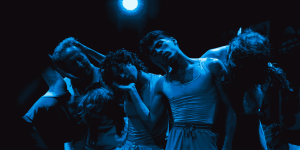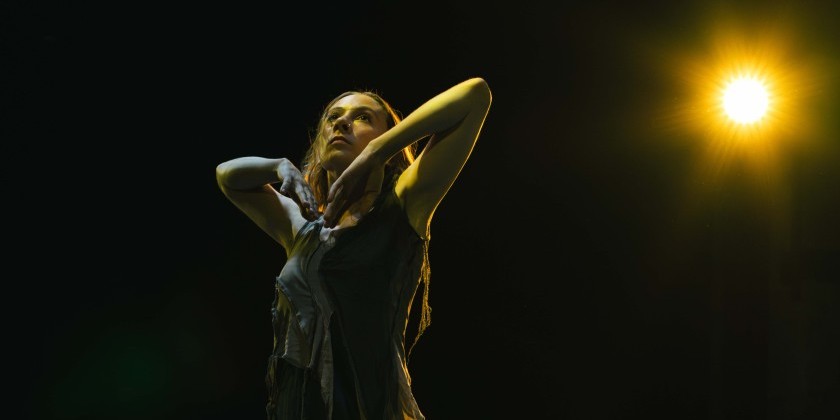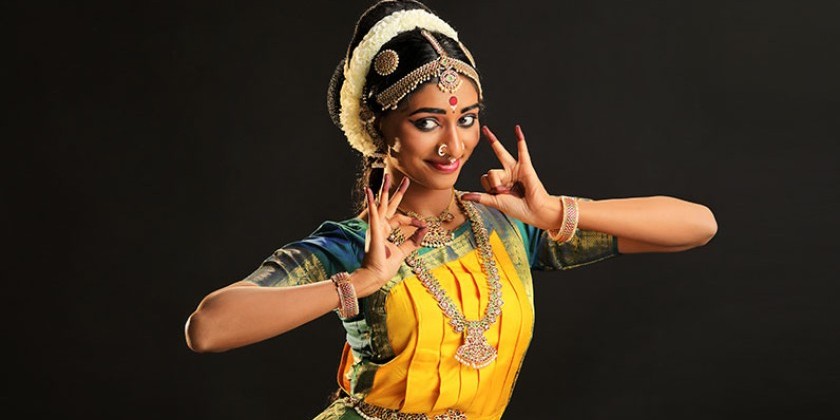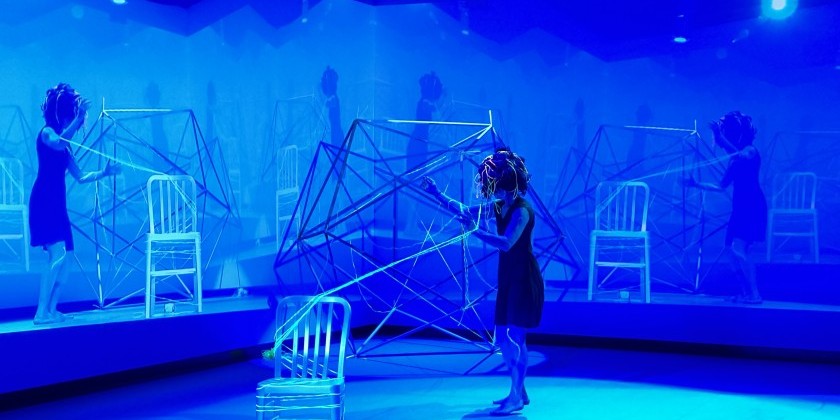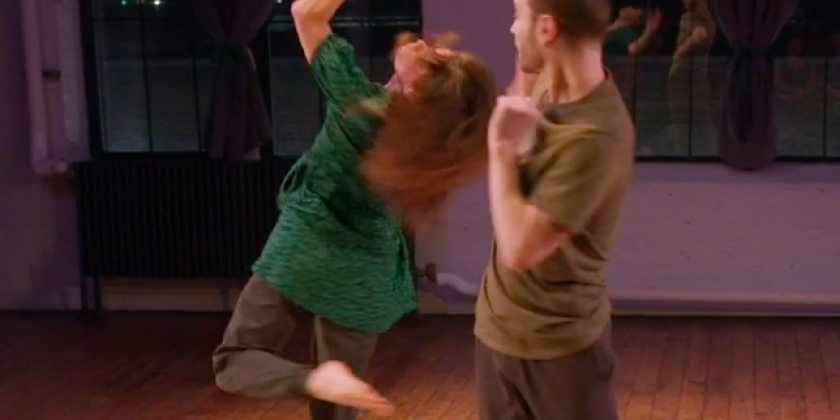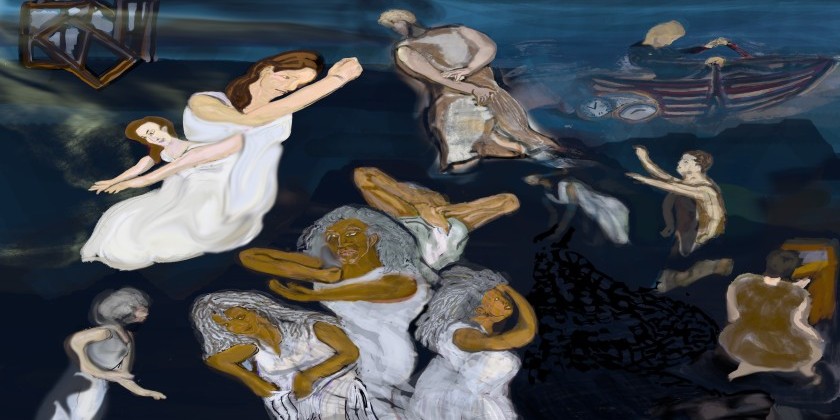AUDIENCE REVIEW: Kun-Yang Lin and Dancers in "Faith Project: The Door"

Company:
Kun-Yang Lin and Dancers
Performance Date:
March 22
Have you ever seen this company/ before?
Tell us a bit about your history with this group/performer?
Kun-Yang Lin and Dancers are based in Philadelphia. Last year the program Sanctuary was especially powerful. Faith Project: The Door used a lighter subject matter and an in-depth process which was shared at open studio rehearsals. The production of Kun-Yang Lin and Dancers always feel guided to feel personal for the audience. The diversity of dancers shows characters on stage that help to move the narrative along. Moments are complete with tones of human emotion. Last year Kun-Yang Lin traveled to Asia, studied Chi Gong, gave master classes, and worked with international artists.
What was your favorite moment(s)? What inspired you?
The use of different layers of fabric in the set showed some dancers and hid others under silhouettes.
Describe as plainly and specifically as you can what actually happened during this performance.
We are looking for non-judgmental reporting. No need for complete sentences. Phrases and word lists are fine. YOU CAN DESCRIBE : the artists, their activities, the movement, the qualities of movement, the music, the use of time, the use of space OR anything else you observed.
The transformation of hard body movements to soft shaking movements. The activities behind the curtain created a beat. The movement was consistent with the music. The video projection showed another perspective to the dancers on the stage.
Do any images, colors or feelings pop into your head when you think about this show?
The image of a shuddering attack on the body and breaking out of the mold was a repeated motif. Kun-Yang was searching for a commonality between contemporary dance and world religions. The mold that is beginning to cast a portrait of intolerance between different religions was a groundbreaking theory that underlines Faith Project: The Door.
Describe any or all of these elements: music, lighting, the venue.
How did they contribute (or not) to your enjoyment of this performance?
The narrative introduces heroines or a danger as well as pure emotion. The duets became new stages with in the story. moments are refocused, and the return to familiar forms under new light can be shocking. For example, the dance ends with a scene of meditating Buddhas that was the same feeling at the opening of the dance, but it was a statuesque scene of a killing or a sacrifice.
Would you like to see this performance / company again?
Would you recommend it to a friend? Why or why not?
I would recommend Kun-Yang Lin and Dancers to anyone who appreciates art on a grand scale. It is always a large production with many dancers, and the meaning is simplified for a general audience. The choreography is designed to make the subject felt through the emotion of the movement.
What would you like to have seen more of? Less of?
The idea behind Faith Project: The Door was the universal language of dance and the communication of our beliefs. Dance is an unspoken language and it is a gesture that unites us. Contemporary dance brings out the ritualistic and sacred space that theater arts provide for expanding our minds. The inspiration of dance in theater is fascinating, but modern dance falls short sometimes for an unknowing audience. Faith Project: The Door pushed for more research based interrogations into movement as communication, while last year's Sanctuary provided an outlet for sex, gender, and exploring emotions in general. The simple subject matter allows for a wide context of relative contributors.
If you could, what would you ask the choreographer / dancers?
How did it feel to challenge religious dogmas with the idea that religion is dance? It seems to be a topical question when someone questions another sacred belief on moral grounds. Cultures around the world seem to be connected and trade ideas, beliefs, or stories that influence the world to want to be diverse, or different.
Author:
Chuck Schultz





